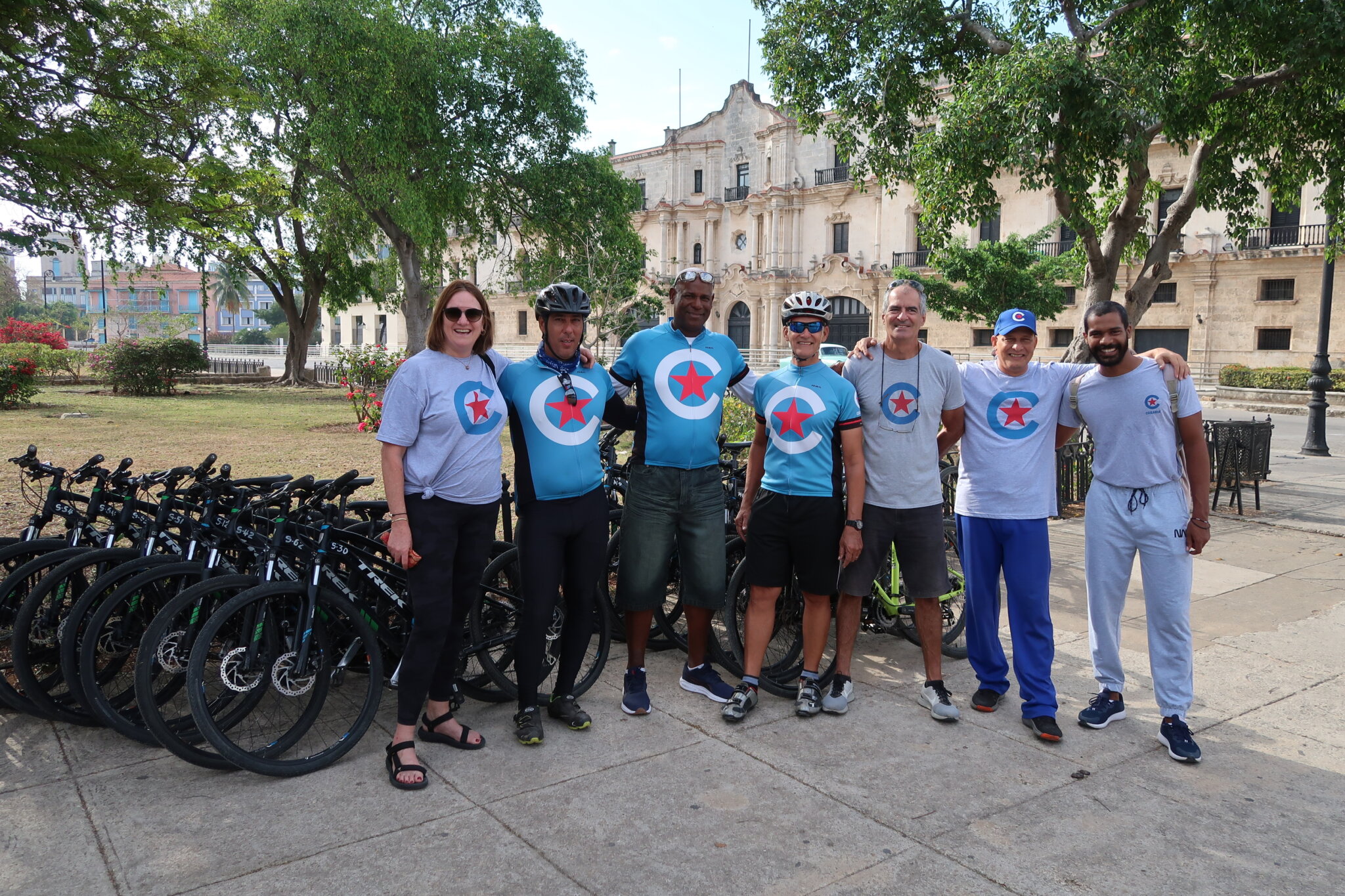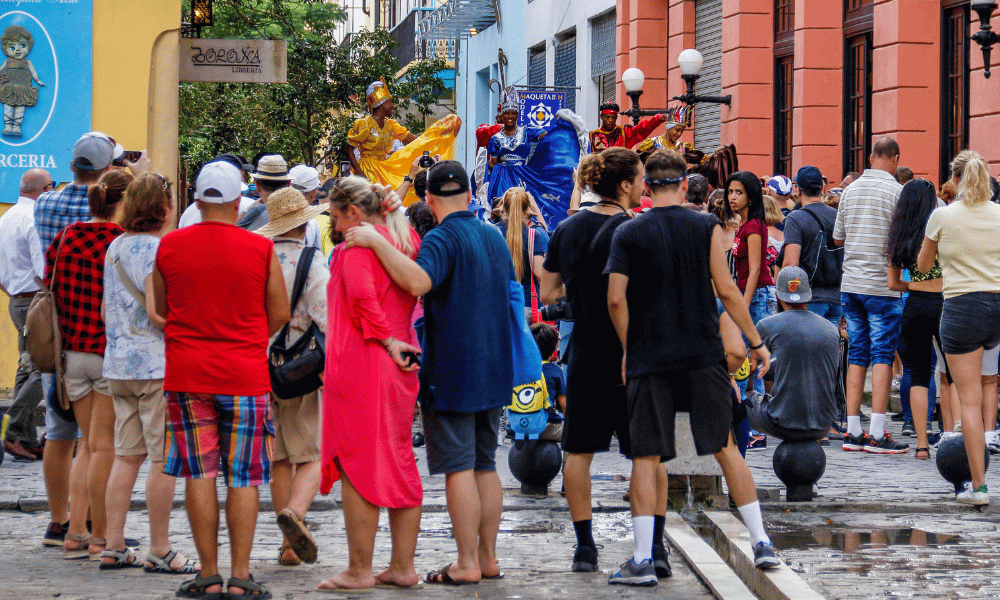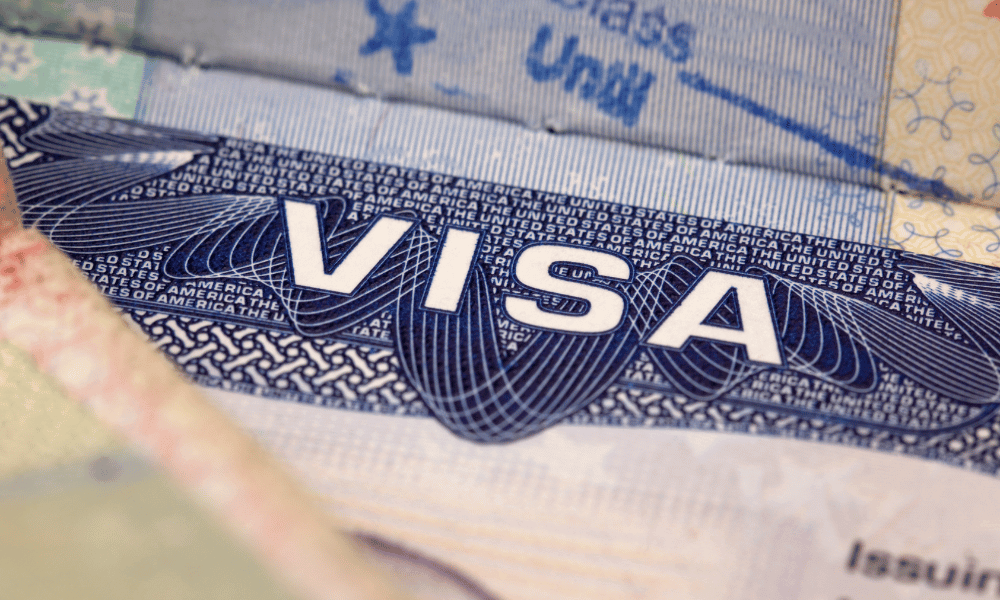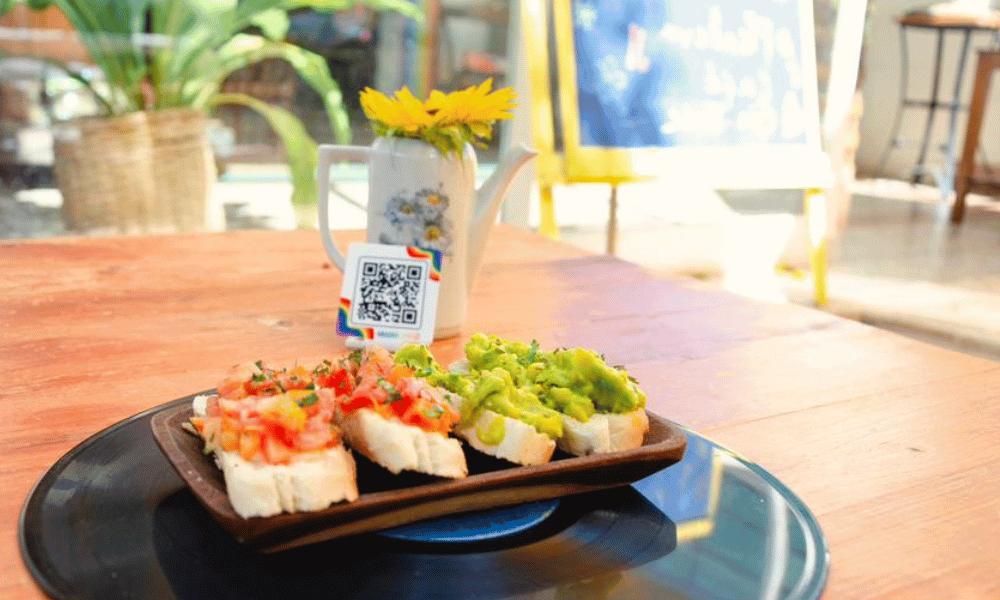Cuba’s relationship with the bicycle is a story of resilience, reinvention—and now, revival. From a lifeline during economic hardship to a Gen Z fashion statement, the humble bicycle has pedalled its way through Cuba’s history from survival to style icon.
I first arrived in Cuba on two wheels in the 1990s and quickly realised this island was a cyclist’s dream. Empty roads, varied terrain, and warm welcomes inspired us to launch Cubania Travel. Since then, we’ve pedalled thousands of kilometres through the backroads of this magical island—and we’d love for you to join us.
🚴♀️ Want to experience Cuba like a local? Explore our cycling tours and discover the island’s hidden gems on two wheels.
🕰️ A Brief History: The Bicycle Arrives in Cuba
The bicycle first rolled into Cuba in the 1880s, introduced by Spaniard Claudio Graña in Havana. By the early 1900s, cycling clubs and races were thriving, especially in cities like Cárdenas and Sagua la Grande—both of which still claim to be the birthplace of Cuban cycling culture.
After the 1959 Cuban Revolution, the government heavily invested in sport, producing Olympic medallists, including cyclists. The Vuelta de Cuba, Cuba’s answer to the Tour de France, became a national spectacle from the 1960s to 2010.
🚴♂️ Fancy riding the route of champions? Our Vuelta de Cuba tour lets you follow in the tyre tracks of Cuba’s cycling legends. Book your spot now.

🛠️ The Special Period: Bicycles as Lifelines
In the 1990s, Cuba entered a severe economic crisis known as the “Special Period,” triggered by the collapse of the Soviet Union. With fuel in short supply and public transport in disarray, bicycles emerged as a lifeline. What began as a necessity quickly evolved into a symbol of resilience, adaptability, and even national prideOver a million bikes were imported from China—including the iconic Flying Pigeon and Forever models—and Cuba even developed its own: the Minerva.
Bikes weren’t just for commuting. They carried goods, passengers, and even served as mobile businesses. Streets once filled with cars became dominated by two wheels.
🚲 Want to ride through history? Our tours take you through towns and trails where the bicycle once kept Cuba moving. Join a tour and see it for yourself.
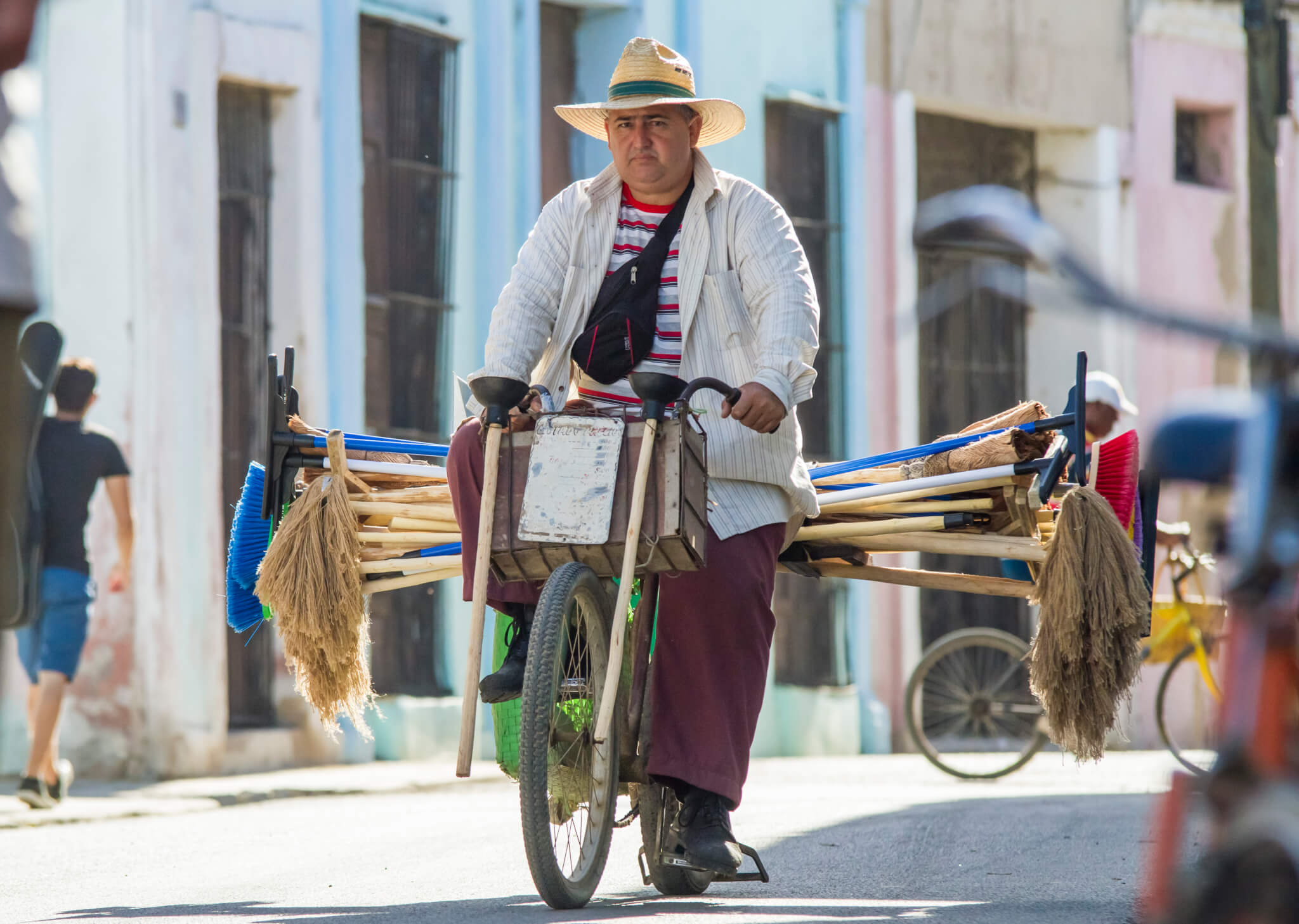
📉 Decline and Stigma
As the economy recovered in the 2000s, bicycles lost their prominence. For many Cubans, they became a symbol of hardship. Locals often looked puzzled when they saw us cycling through the countryside—why would foreigners choose to ride a bike when they could take a car?
We were the curious outsiders—but that’s exactly what made the journey unforgettable.
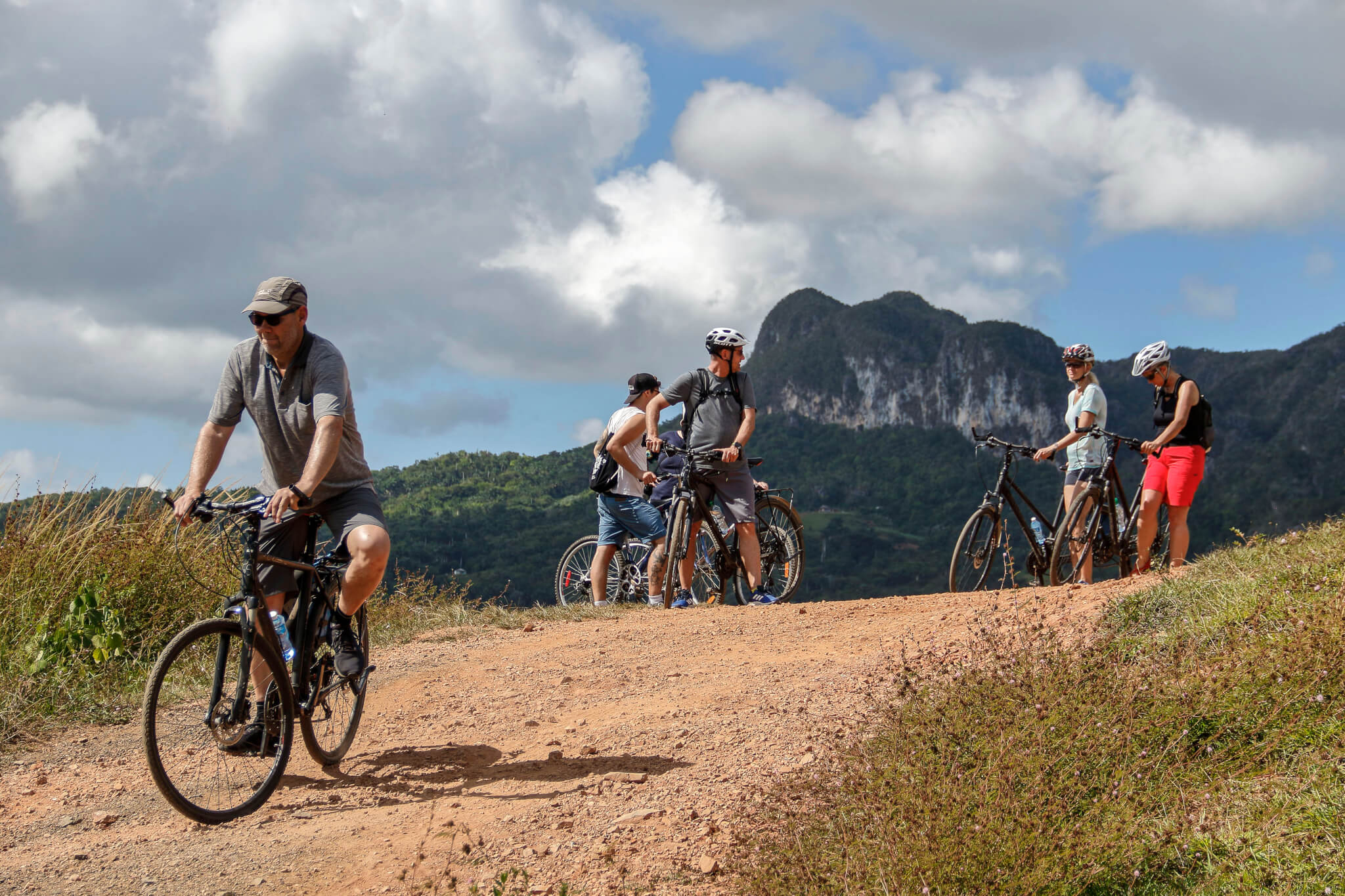
🔄 The Comeback: Gen Z and Urban Cool
Fast forward to the 2020s, and the bicycle is back—this time as a symbol of style, sustainability, and self-expression. Among Gen Z Cubans and urban creatives, bikes are now:
- 🌿 Eco-friendly alternatives during recurring fuel shortages
- 🎨 Fashion statements—customised, colour-coordinated, and cool
- 📸 Social media stars—featured in Instagram shoots and TikTok reels
Bike workshops are popping up across Havana, offering second-hand bikes and repair services. Young Cubans are reclaiming the bicycle not just as transport, but as a lifestyle.
🌟 Want to meet the new wave of Cuban cyclists? Our Havana Urban Ride introduces you to the city’s coolest cycling spots and stories. Reserve your ride.
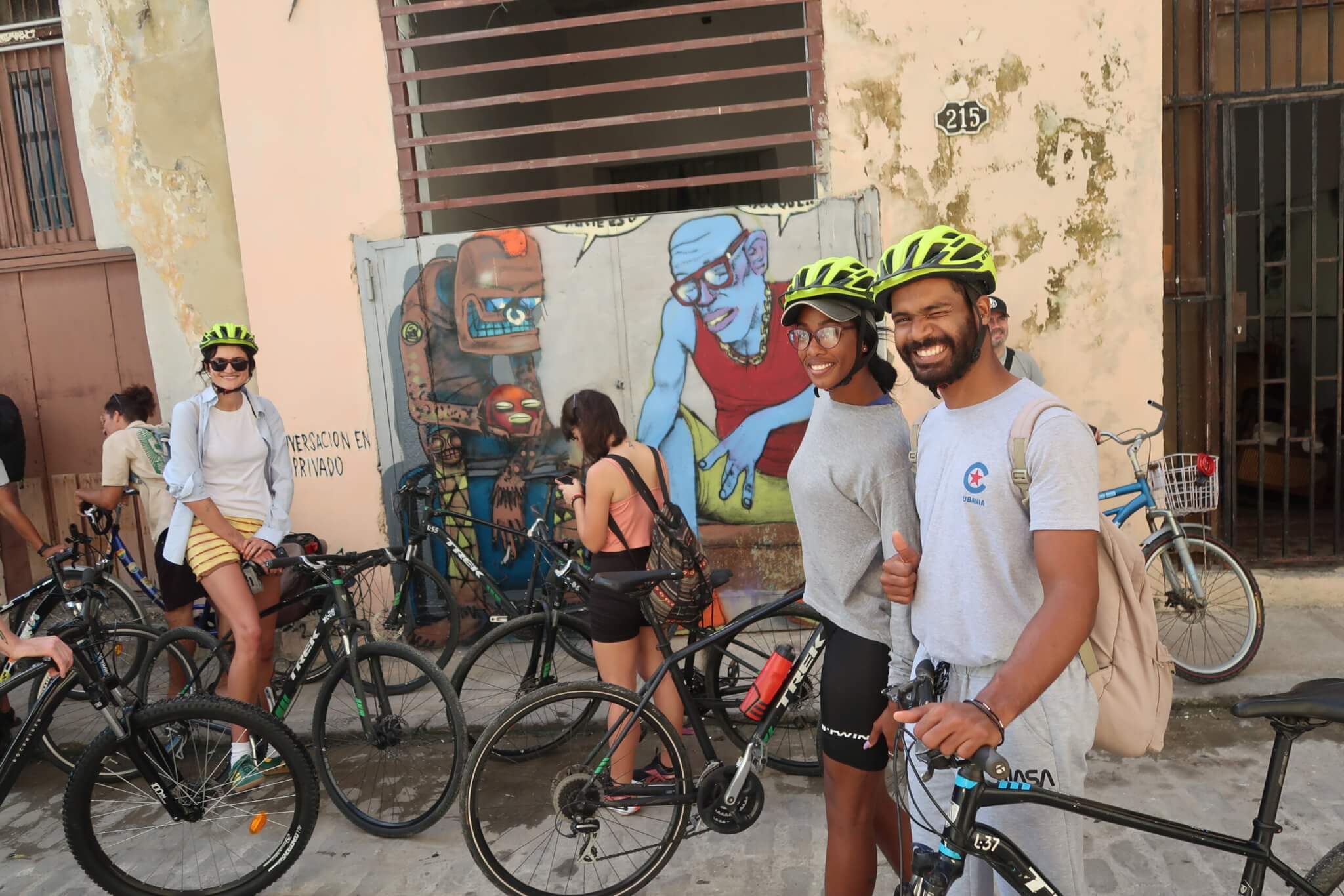
🌍 More Than a Trend
The bicycle’s resurgence is more than a passing fad—it’s a reflection of Cuba’s enduring spirit. It represents adaptability, creativity, and a deep connection to community and sustainability.
Whether you’re a traveller, a local, or a cycling enthusiast, there’s something inspiring about how Cuba has embraced the bicycle—again and again.
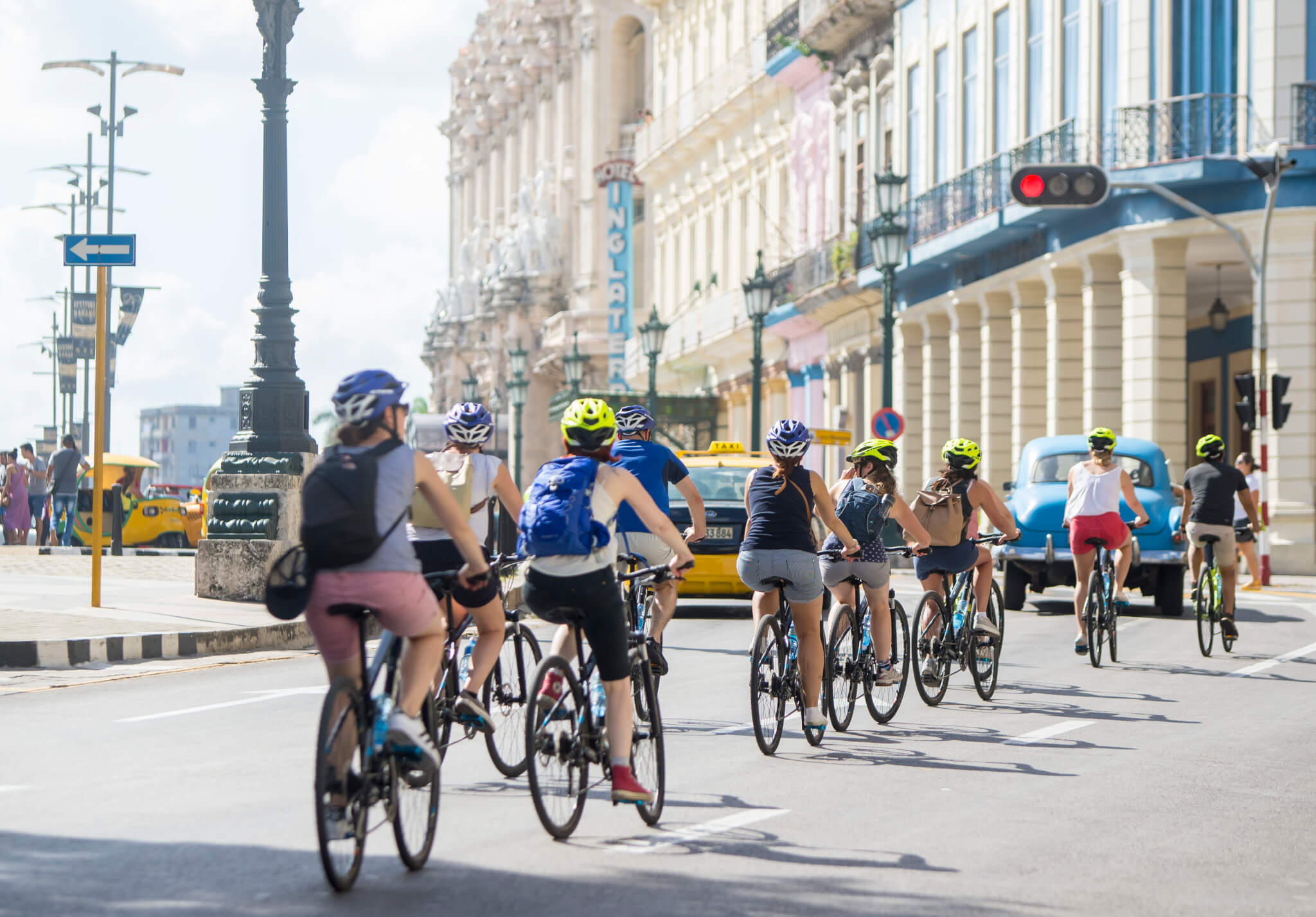
🚴♀️ Ready to ride through Cuba’s past, present, and future? With Cubania Travel, you’ll go beyond the guidebooks and into the heart of the island—one pedal stroke at a time.
👉 Discover our tours and book your Cuban cycling adventure today!


